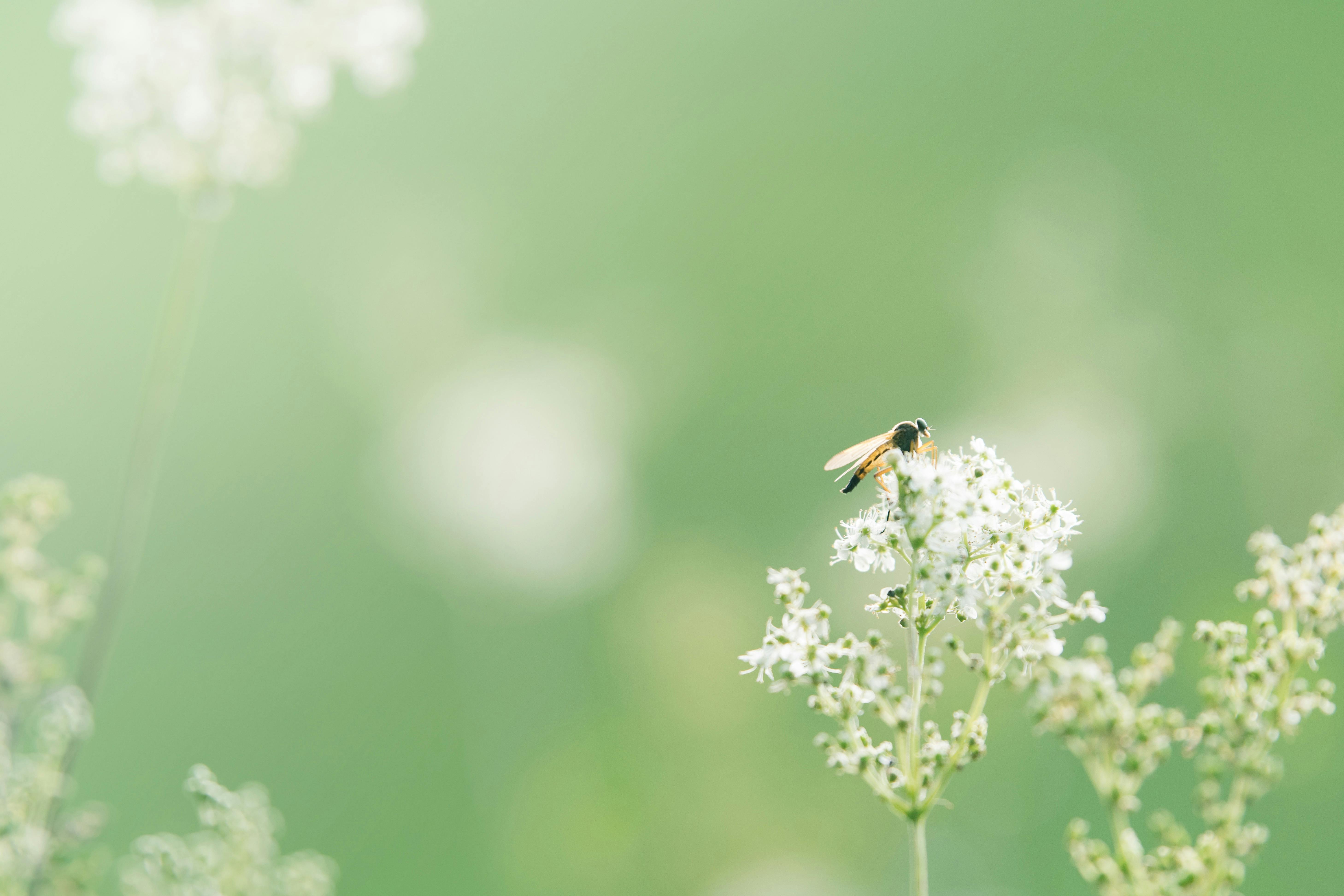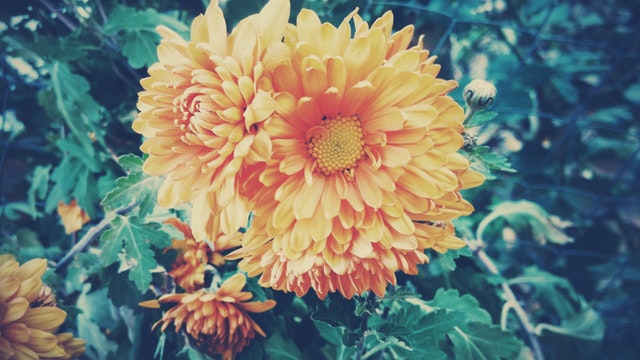Do you enjoy helping gardeners grow plump tomatoes or save a beloved tree? Then becoming a Certified Master Gardener will help you do just that.
Who are the Master Gardeners?
Certified Master Gardeners are garden-loving volunteers who understand local growing conditions. They’ve earned their certification through State University Extension programs. As a team, they volunteer within their community to encourage sound gardening practices. They work on community projects, give speeches and distribute current research.
How to become a Master Gardener?
The first step is to contact your county extension service agent. Then enroll in the Certification course offered. Once enrolled, prepare yourself for at least a six week study period. Lectures include soil composition, pests and disease, local growing conditions and more.
Once completed, required volunteer hours and continuing education will vary by state.
For more information, click here to find your state’s Master Gardener program. You’ll also find an interesting Plant Chat forum, Maps and Current Events on the Master Gardener Association website.
Happy Gardening!
Resources;


